Big Things in Store 2015
The Big things in store open day, on Saturday 5 September, is a wonderful, rare opportunity for the public to see behind the scenes of the Memorial’s collection. Gates are open from 9 am to 3 pm and entry is by donation, with proceeds going to support the work of the Australian War Memorial.
This event, which was last run in 2013, allows visitors to uncover the secrets of the Memorial’s conservation facility and storage hub, including a vast array of aircraft, rockets, vehicles, tanks, artillery, and equipment used by – or against – Australians in war for over a century.
More details about Big things in store
Treloar
The Treloar Technology Centre is the Australian War Memorial’s conservation facility and storage hub. Most of its space is dedicated to the storage of large objects, but it is also used to assemble collections of objects before they go on loan, conserve large technology objects, and undertake hot works and spray painting.
While the majority of the Treloar warehouses are dedicated to the storage of large heavy objects, it also includes in smaller custom storage housing for uniforms, flags, and the storage of textiles, equipment, and uniform accessories. This vast collection of items spans centuries, with a number of artillery pieces dating from the mid-1870s, in addition to the many larger objects manufactured in the twentieth and twenty-first centuries.
Objects
Significant historical objects on display for the Australian War Memorial’s Big things in store will include:
The Japanese Ha-Go Tank
Seventy-three years on from the battle of Milne Bay a Japanese Ha-Go tank employed in the operation has been restored by Memorial conservators. Abandoned during the battle and discovered by men of the AIF, the tank was brought to Australia, dismantled, examined, and partially reassembled. It underwent detailed examination and testing, with the intent to gather insight into the capabilities of Japanese manufacturing, their reliance on particular strategic materials and components, and their tactical thinking. The tank later spent many years outside, including time in a junkyard, where it filled up with water and sat, deteriorating, for decades. The Memorial acquired the Ha-Go in 2005 and conservators began working on its restoration in 2010.
The tank made a rare appearance on the Memorial grounds in August 2015 as part of the commemorative events held for the 70th anniversary of Victory in the Pacific Day.
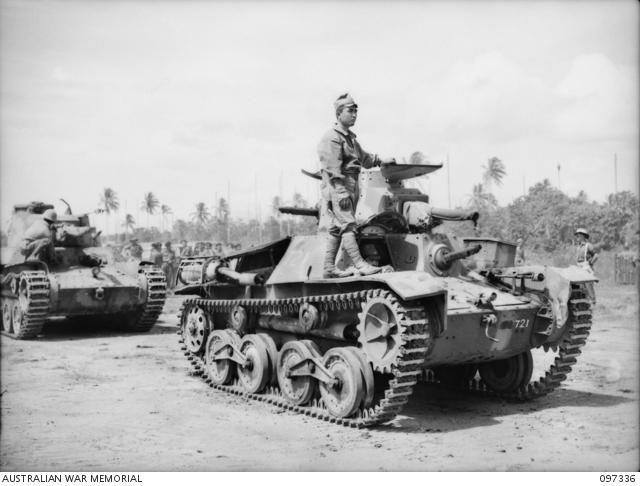
Caribou
The Memorial’s Caribou is a deHavilland DHC-4. At the time it was acquired it was the oldest remaining Caribou in the Royal Australian Air Force and the ADF’s oldest serving aircraft. During the Vietnam War it was based at Vung Tau and undertook regular logistic support flights to locations around southern Vietnam, from the Mekong Delta region to the central highlands.
During East Timor’s civil war in 1975 this Caribou achieved fame as the only RAAF aircraft ever to be hijacked. Carrying Red Cross aid from Darwin to East Timor, it was offloading supplies at Baucau airfield on 4 September 1975 when a group of Timorese soldiers became concerned that the aircraft might not take any more refugees to Australia. Armed with grenades, these men insisted that the RAAF crew (Flying Officers French and Brown, and Corporal Crouch) fly them and other refugees to Darwin. Heavily overloaded, with 54 people on board, the A4-140 left East Timor and arrived in Darwin with only ten minutes of fuel remaining.
In total, this Caribou flew just over 20,000 hours during its 45 years of service.
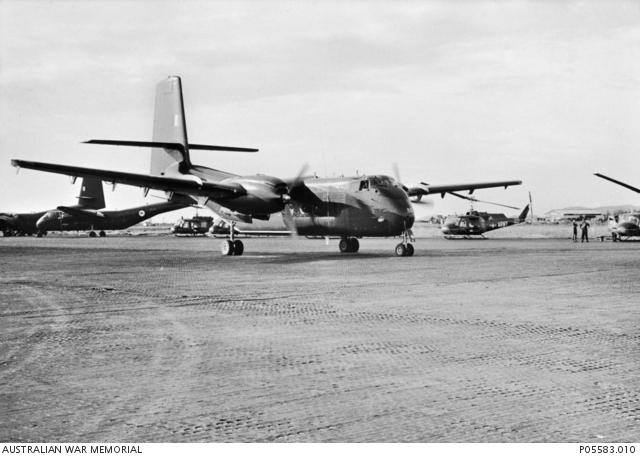
Shinyo Suicide Launch
The Japanese navy’s one-man suicide-launch motorboats were produced to counteract Allied shipping and amphibious landing forces in the Second World War. Nicknamed “frogs” by the Japanese, this example is believed to be the only complete Shinyo in existence. Various models were produced by the Japanese army; some armed with machineguns, some with depth charges, and some with bow-stowed explosives. Tactics included a combination of attack and retreat, using depth charges or ramming.
The boat shows how towards the end of the Second World War the Japanese were increasingly reliant on suicide tactics, poorly trained personnel, and the use of cheap, non-strategic materials.
This particular launch was recovered by HMAS Deloraine in Sandakan Harbour in October 1945. Eighteen Shinyo launches were discovered in various states of repair, and this was one of six found in an immediate state of operational readiness, complete with petrol. Crewmen of the Deloraine removed the explosive charge and used it for water skiing.
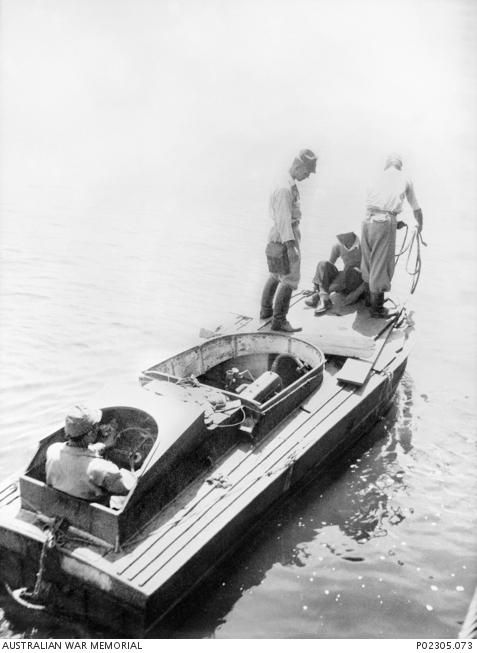
Renault FT-17 Light Tank
This light, two-man FT tank with riveted flat-armoured plates has a fully rotating, manually operated, one-man turret, and was transported to Australia as a gift from the French government at the end of the First World War.
The FT-17 tank was the most successful tank design to emerge from the First World War. It was the first to display modern tank qualities such as a fully rotating 360-degree turret, a commander’s cupola, a separate engine compartment to the crew compartment, and the capability of fitting larger weapons and, in the future, a wireless set. It had good cross-country and vertical climbing performance, and saw action on the Western Front in 1918, where it suffered minor battle damage.
Iroquois Helicopter
The Iroquois helicopter A2-773 was involved in hundreds of operations in Vietnam between October 1969 and December 1971. It was used for tasks such as the mass movement of troops, supply runs, casualty evacuation, reconnaissance, and the dangerous work of moving SAS patrols to and from remote areas. This Iroquois also saw operational service as a “gunship”, carrying up to two heavy machine-guns, a pair of rocket launchers, and as many as four side guns. It is believed to have fired at least 350,000 rounds from its side guns, 1.5 million rounds from its machine-guns, and about 4,000 rockets.
On 9 December 1969 the A2-773 was being flown by Flying Officer Bruce Townsend, one of two such helicopters providing air support for C Company of 7RAR. When the other helicopter withdrew to refuel, the A2-773 was hit and seriously damaged by ground fire. Diving down to attack and silence the guns, Townsend managed to successfully land the Iroquois on a nearby beach. He received the Distinguished Flying Cross for this action.
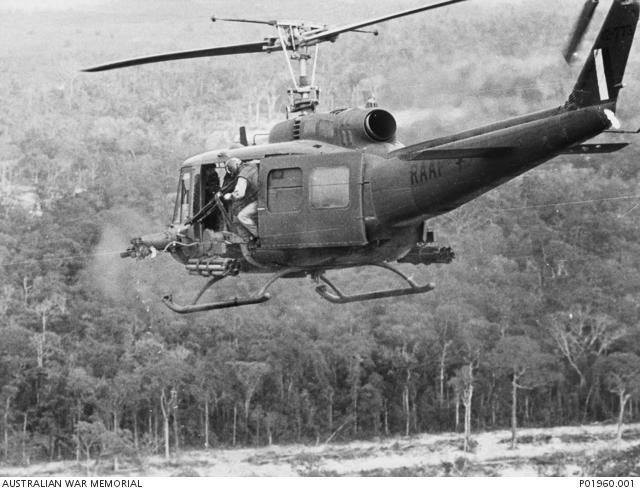
Battle-damaged Bushmaster Protected Mobility Vehicle
This Bushmaster vehicle was damaged in an Improvised Explosive Device (IED) blast in Afghanistan in 2010. The explosion badly injured the driver.
This type of vehicle was used in daily patrols in Afghanistan. Available in troop carrier, command, ambulance, mortar, and assault pioneer variants, it makes use of an all-welded armoured steel hull, specially shaped to deflect buried explosive blasts away from the occupants, as well as external storage bins and panelling designed to be sacrificial in the event of an exterior explosion.
The experiences of personnel serving in Afghanistan have allowed engineers to further develop the design. This production version is different from the prototype in that it has only four windows, modified passenger seating, redeveloped floor structure, and self-sealing fuel tanks.
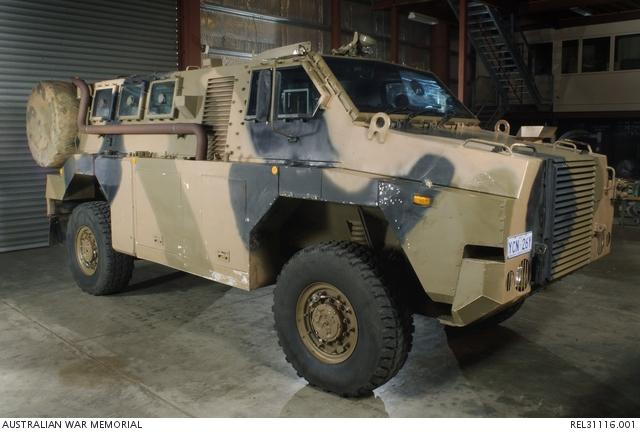
Media Contact
Contact Name
Media team
Contact Email
Contact Phone Number
02 6243 4575
Contact Mobile Number
0409 600 038